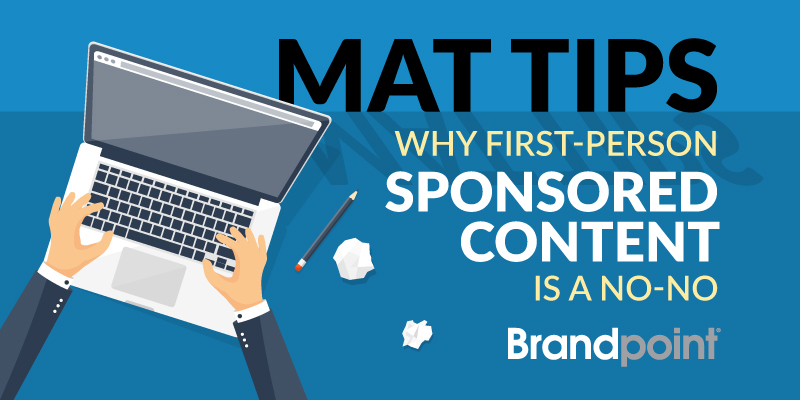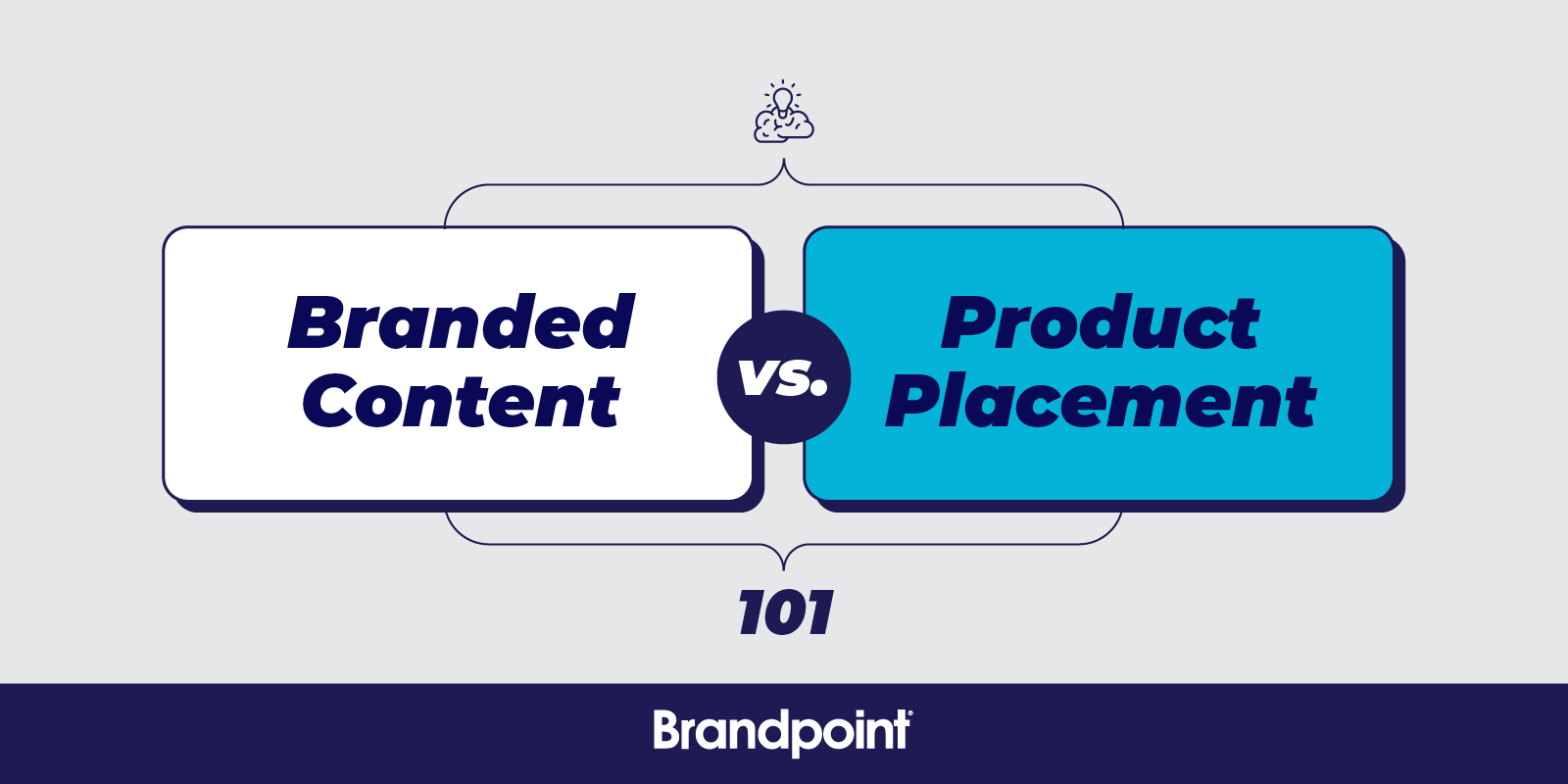Unless a reader has already established an interest in a topic or your brand, they’re not going to click on your sponsored post, a type of branded content — and if they do, they’re less likely to keep reading if the article focuses too much on your brand.
There’s a time and a place for using “I” and “we.” On your homepage, for instance, using “we” can humanize your brand. But in the case of a sponsored content article, users want to read something relevant and useful to them, such as:
- The latest local news and events
- Interesting and surprising life stories
- Tips that can be easily used in day-to-day life
Readers browse with the perspective of “what’s in it for me?” (Content writers often refer to it as “WIIFM.”) They aren’t interested in learning about your brand’s history, triumphs, products, solutions and who you are overall.
Heartbreaking, isn’t it?
But you CAN capture the readers’ attention when writing a sponsored post or MAT release by providing useful information and creating branded content stories. A benefit of this branded content is you then have the potential to gain new fans and possibly more conversion. 25% more consumers look at sponsored articles than display ad units, and they’re found to produce 18% higher lift in purchase intent.
Branded content storytelling
First off, what is branded content? Branded content is a form of marketing that involves sharing content, like articles, infographics, videos, social media posts and more, that tells a story about your brand. Unlike other forms of marketing or advertising, branded content does not directly promote your products or services. Instead, it creates connections with your audience by sharing what’s at the heart of your business.
Learn how to create branded content and get the most out of your branded content marketing strategy with these tips.
1. Establish brand authority
It may feel counter-intuitive to not write directly about your brand. How will consumers get to know you?
By positioning your brand as an authority in your field, you’ll be able to gain the trust of your audience through the knowledge and insights you share.
When developing branded entertainment, you only get two opportunities to mention the name of your brand—one mention usually includes the website.
Though such few mentions feel insignificant, the quality, authoritative content you provide will be enough to form a positive impression of your brand.
So, how do you establish brand authority?
2. State the facts
The best branded content, or MAT releases and sponsored articles, read like newspaper articles rather than sales pitches. Educate readers about your field by focusing on a specific hot topic, or a singular story that stirs emotion using an objective, third-person voice.
Use numbers, cite credible sources and even interview industry experts to show you’ve done your research (again, this will build trust and brand credibility with your readers). Make sure to use numbers sparingly though, otherwise you’ll end up writing an industry report.
If you’re having trouble, consider using a classic journalism tool: the inverted pyramid. State the most important information first, followed by the supporting details, and end with the least crucial points.
3. Provide useful tips
This is a different but equally effective way to establish credibility with your readers. Teaching your target audience something that they can do in their everyday life is a great answer to WIIFM.
If your company is selling, say, a new kind of eco-friendly gardening compost, offer tips for growing an organic garden or extending the life of hard-to-grow vegetables. This is the kind of content that your intended audience will find helpful. They will be more likely to depend on your brand for helping them with their gardening endeavors.
A subtle mention of the compost, laced into one of the tips, won’t disrupt the flow of the content, nor will it look like an obvious advertisement. This format makes it all about your readers.
4. Be approachable
Your tone can impact the way readers connect to your content. Would you rather start a conversation with a stranger who is scowling, or a stranger wearing a big smile? Probably the latter.
Mastering a friendly, welcoming tone in an article won’t be difficult for brands who already use this in other marketing collateral, but what about for brands who opt for a more serious, maybe intimidating tone?
Say your brand is selling a new software to help people do their taxes—it’s not an activity that many people get excited about. But they can get excited about a product that would help them finish the process quicker.
Relate to your readers to show them you understand the difficulty of doing taxes, and then, offer some tips, one of which, is to invest in your product.
5. Be brief
You probably know a lot about your products or services. Unfortunately, you’ll need to leave out most details when writing a branded article, or MAT release, in order to cover more useful info.
A quick branded content example, our MAT releases we write for our clients don’t usually go over 700 words. We aim for the word count to fall between 450-650 words.
That’s because many editors are more likely to pick up a release if they know they won’t have to spend time cutting words to make it fit in a small space. If they’re working with print, they need to worry about column inches AND quality.
Articles should get to the point right away. Only write the most impactful information to keep readers engaged.
The future of the branded content
Some claim the MAT release has had its moment in the sun but we have reason to believe otherwise. Luckily, we at Brandpoint already have 20 years of experience in this field, and a whole team of writers and editors who are well versed in the ways of MAT releases among other types of branded content. If you want to learn more, check out this free guide to Mastering the Modern MAT Release.








